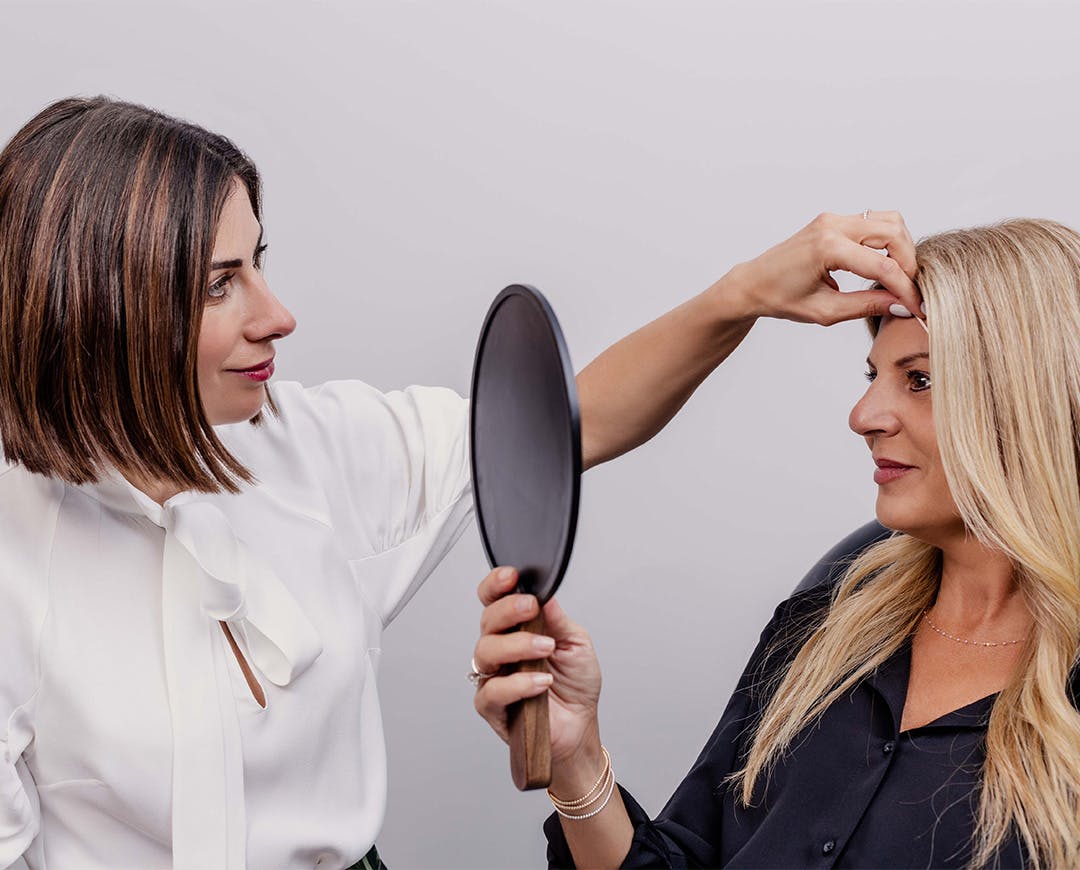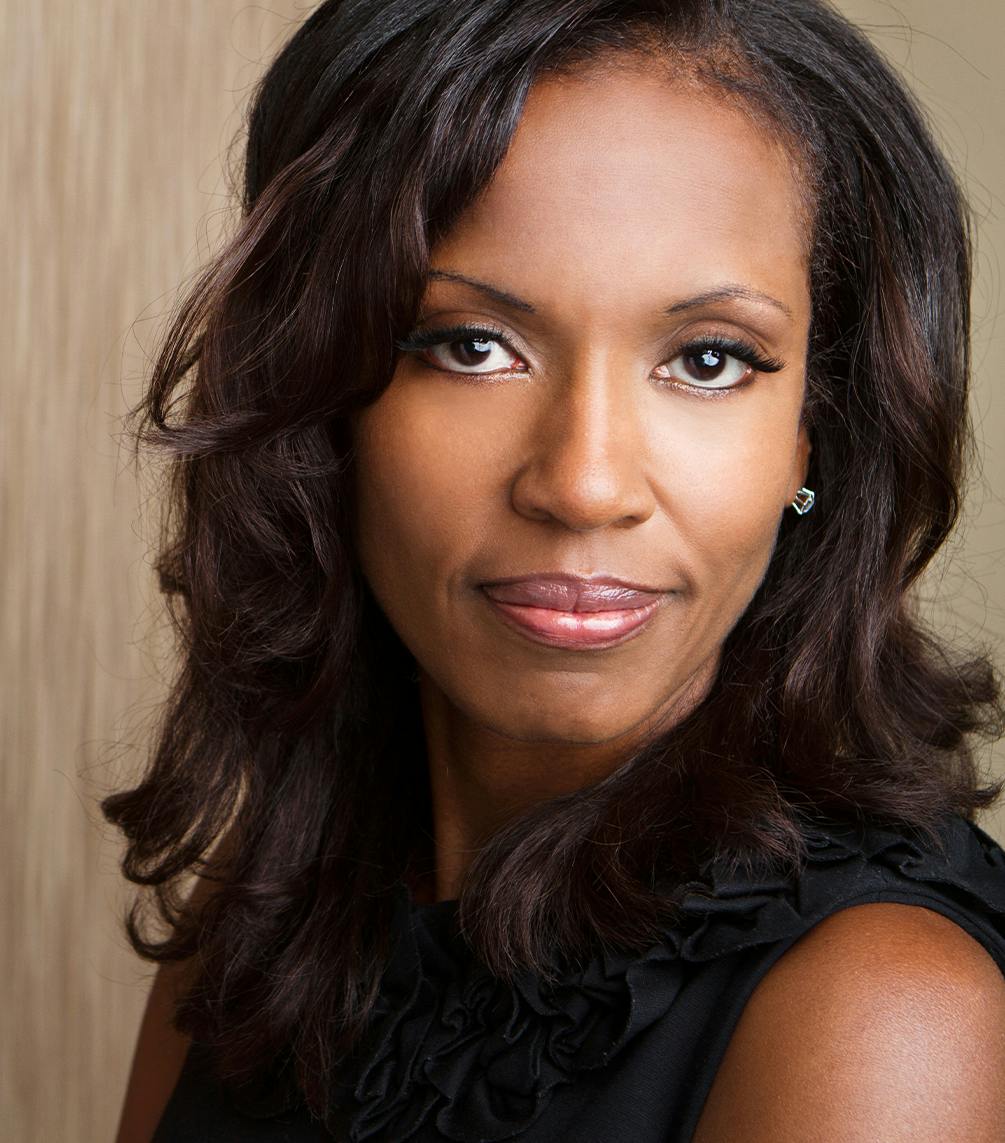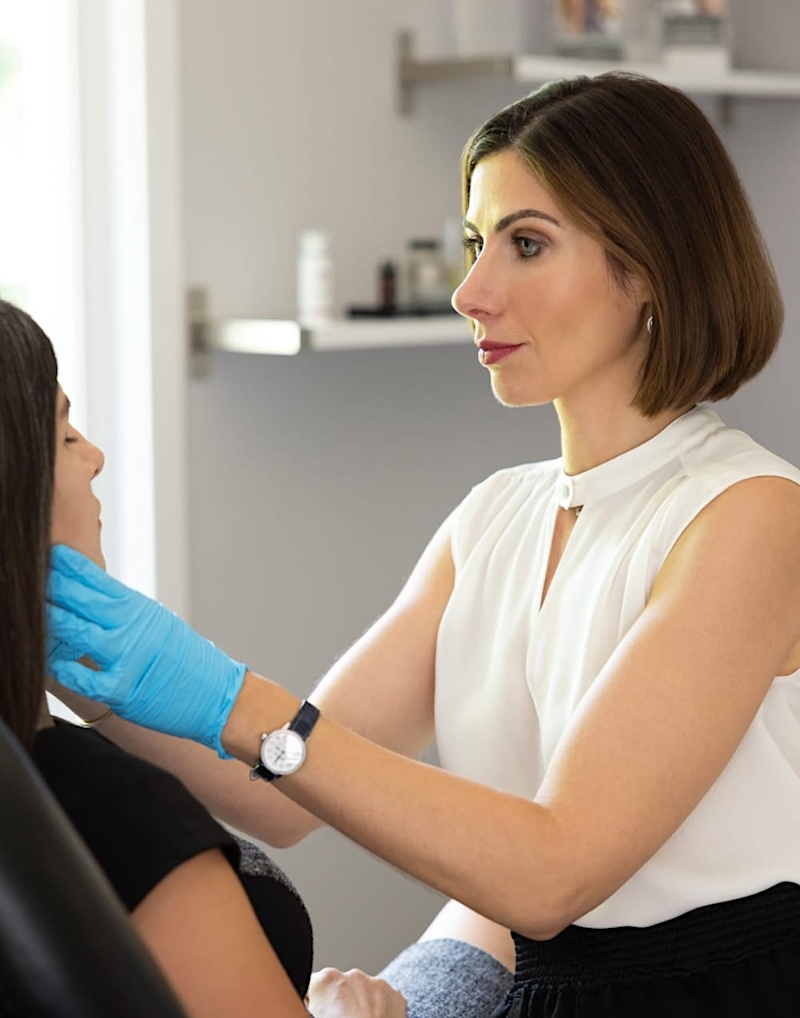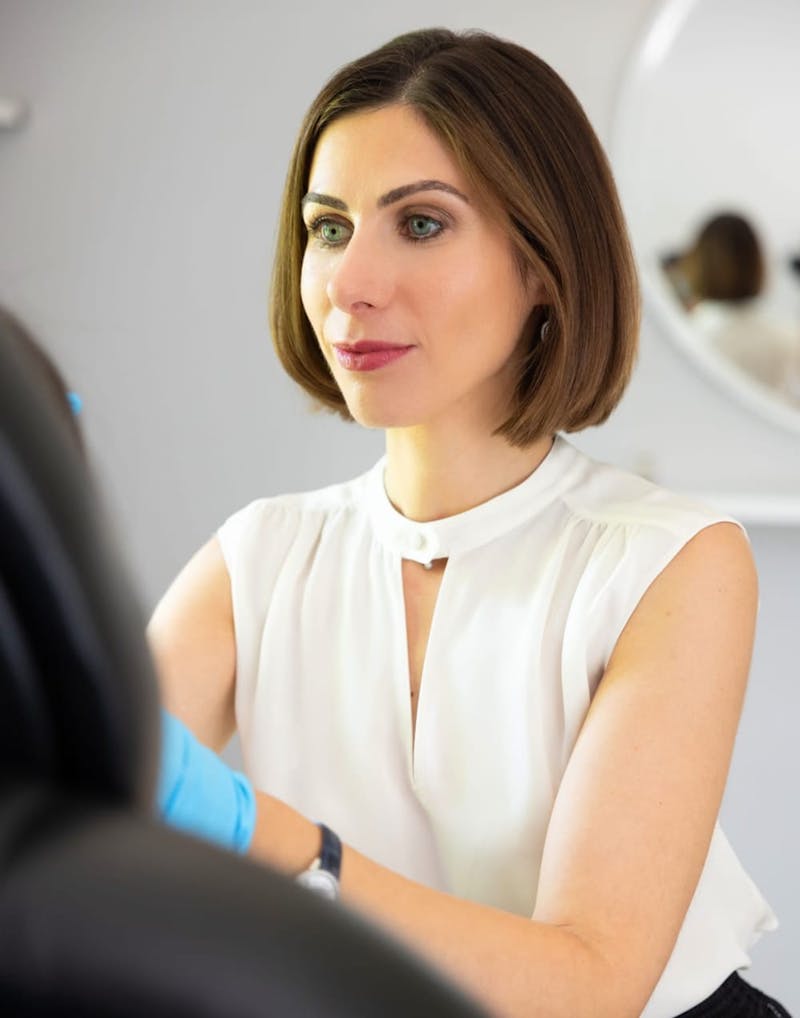It used to be that the only way to improve the appearance of the eye area was through surgery such as blepharoplasty. Now, there are also non-surgical options available. Dr. Flora Levin, an expert oculofacial plastic surgeon, offers non-surgical eyelid rejuvenation to her patients in Westport and beyond.
Under Eye Filler Candidates
The eyelid area is unique from the rest of the face. Not everyone is a candidate for filler, and not every type of filler is appropriate for use there. Proper patient selection is the most important determinant of successful results. During your consultation with Dr. Levin, she will assess whether you are a good candidate for non-surgical means to help with your concerns. Ideal candidates for undereye and tear trough fillers have excellent skin tone and none or minimal undereye bags.

